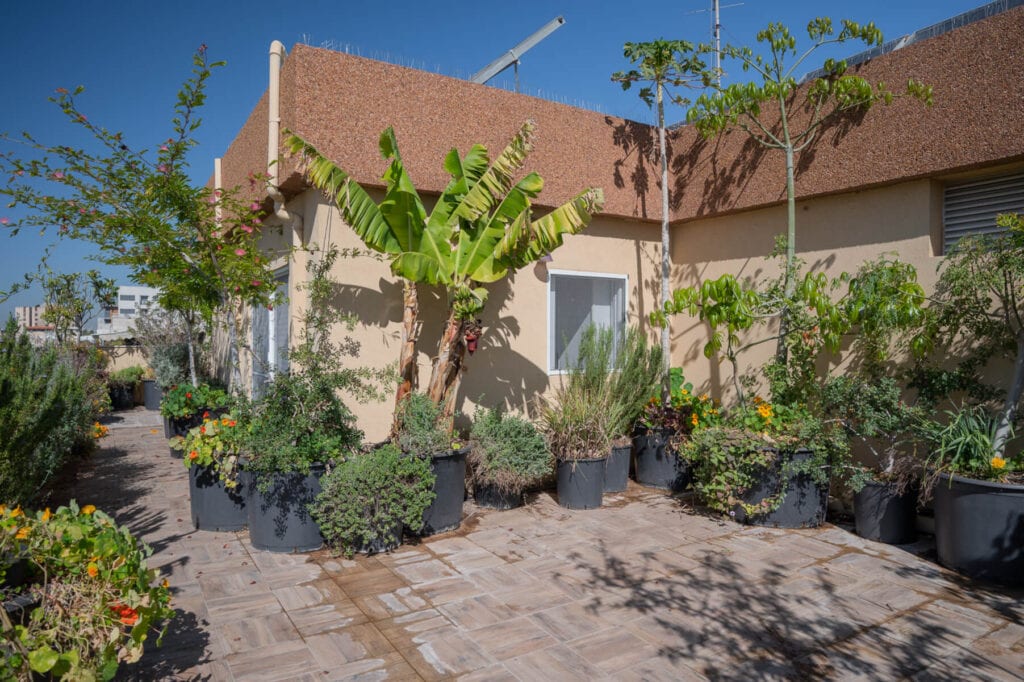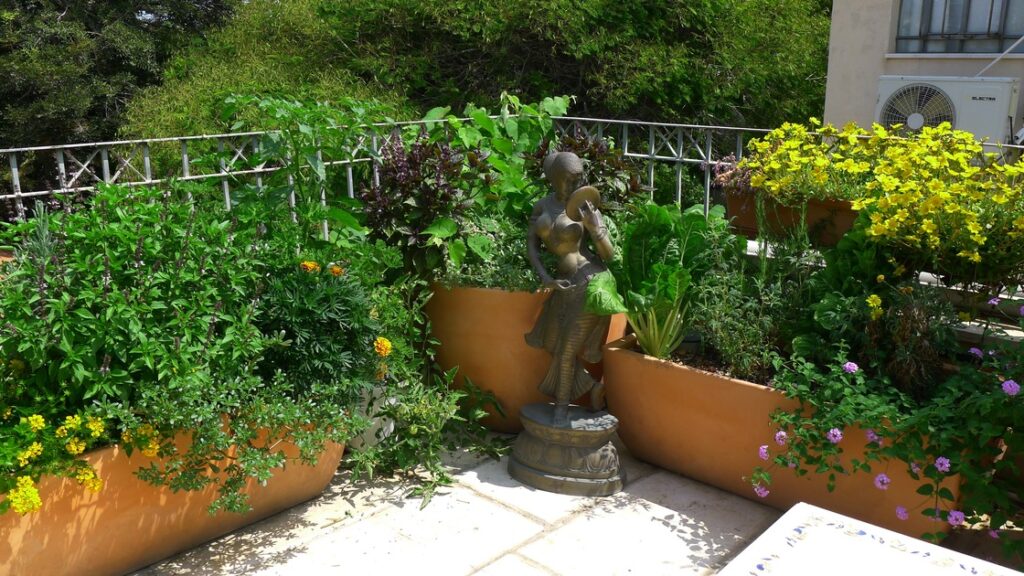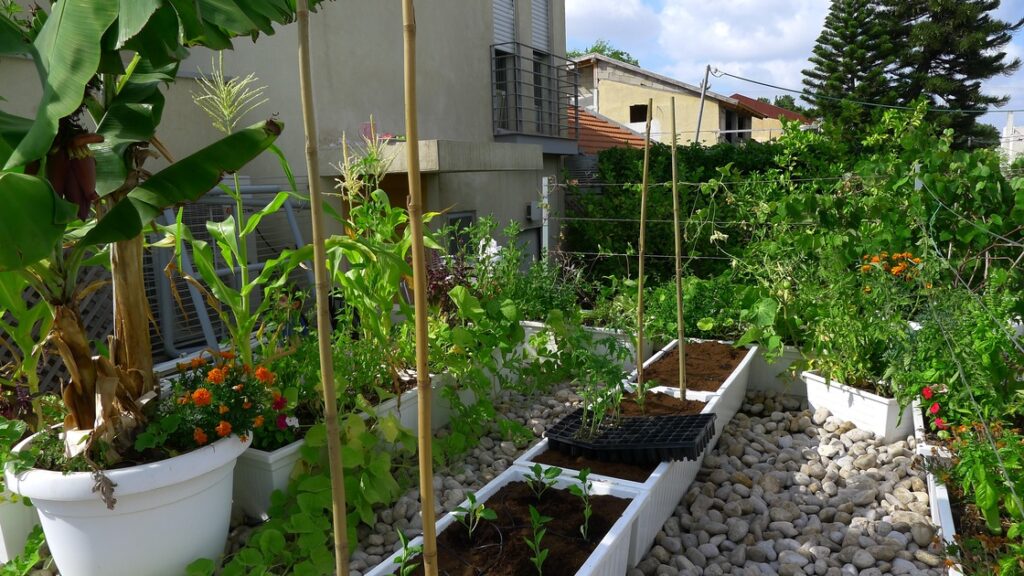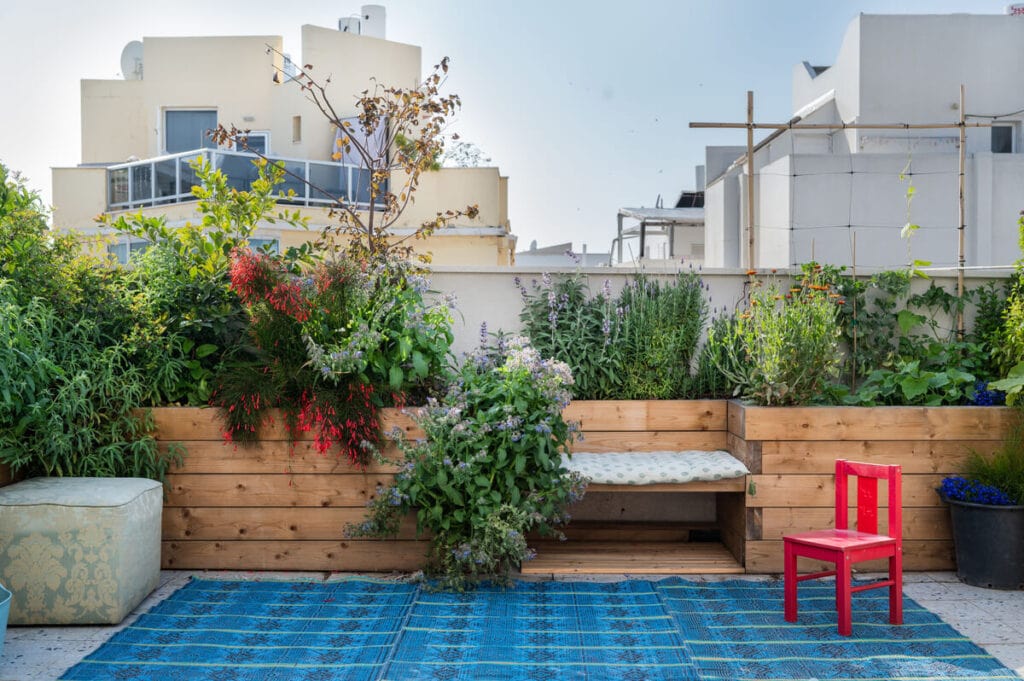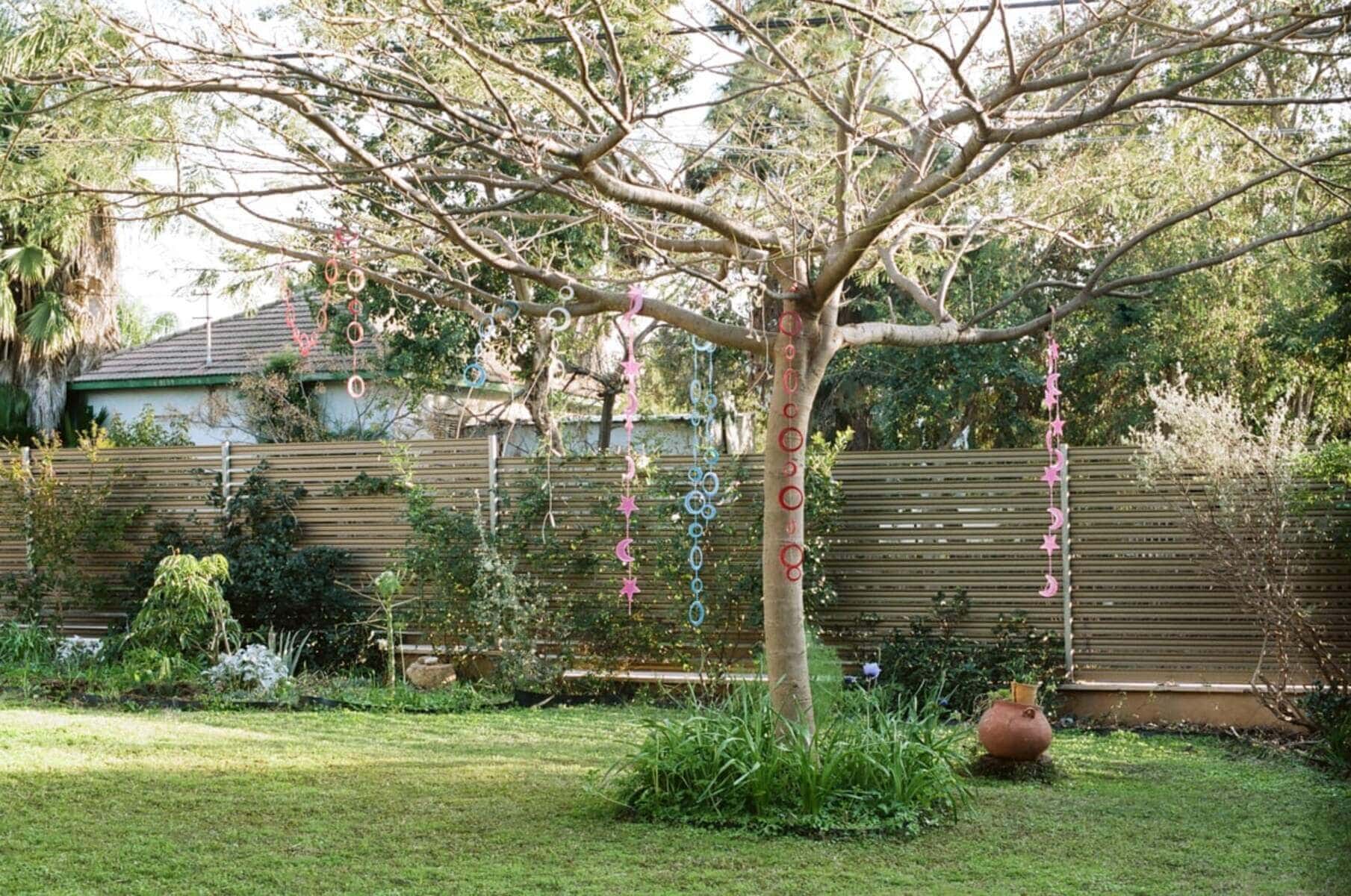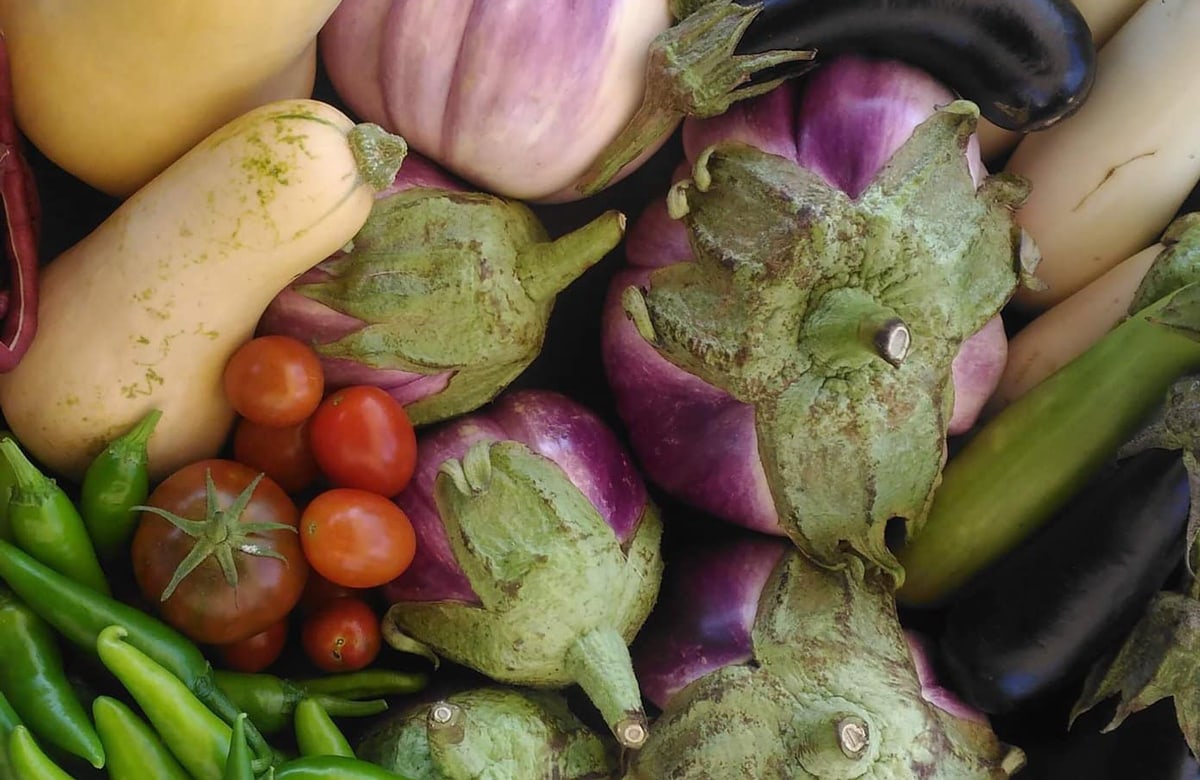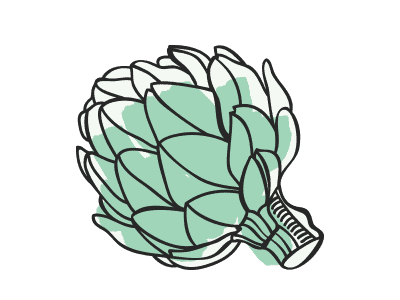Though you dream of growing food at home the reality may be that you don’t know where to start. In this article, we explore the best way to grow nutritious food on balconies, rooftop gardens and more.
Today in Israel, the romantic dream of owning a piece of land, a small homestead, or having a garden is still alive. The reality however of population density, unimaginably high real estate prices and growing urbanization can leave the idea of growing food at home a distant dream. But there are solutions!
You might be surprised to know that most of the people who contact us live in dense urban spaces like Tel Aviv, where the only “growing” areas available to them are rooftops (private or shared), balconies, window sills, shaded gardens or in some cases building entrances. The secret to urban garden success, however, is choosing the right containers for your urban space.
Here’s how to make the most of your urban space and convert it into an edible garden.
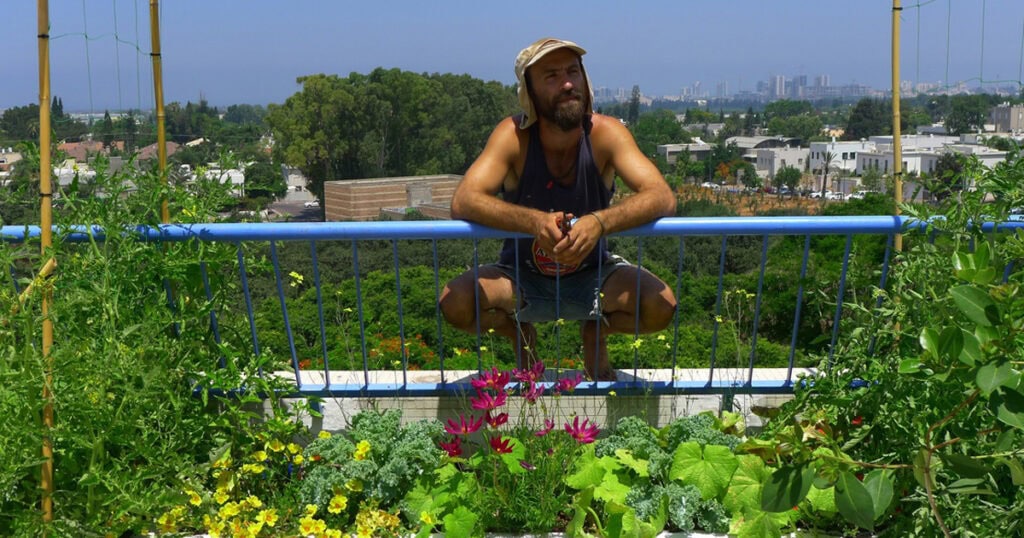
Choose your container garden: from the cheap & simple to expensive & fancy
- Black plastic containers
These containers are used by nurseries to grow perennial plants and come in different sizes.
Advantages: Plastic containers are the simplest, cheapest and most portable option for growing organic food on a rooftop (for example, if you are renting an apartment and want to take your garden with you). They are relatively easy to install and are a good option for those wanting to create a garden themselves or hire gardeners to install at a competitive rate.
Disadvantages: The drainage holes in containers are at the bottom and so any excess irrigation will flow along the rooftop floor towards the main drainage. Less aesthetic but no big deal.
- Reusable containers
This is the most ecological and creative option for establishing an edible garden in an urban space. Gardens can be planted in old buckets, boxes, bathtubs, toilets, barrels and more.
Advantages: With proper planning and the right choice of plants this option has great potential for creating an urban garden that has a unique appearance, while still being light and portable. It’s also a relatively cheap option, but requires much more precision and understanding of where to place containers to create an aesthetic and durable garden that won’t look like a dump or fall apart in a year or two.
Disadvantages: In most cases, this system will mean that excess water from watering will run along the rooftop floor or balcony.
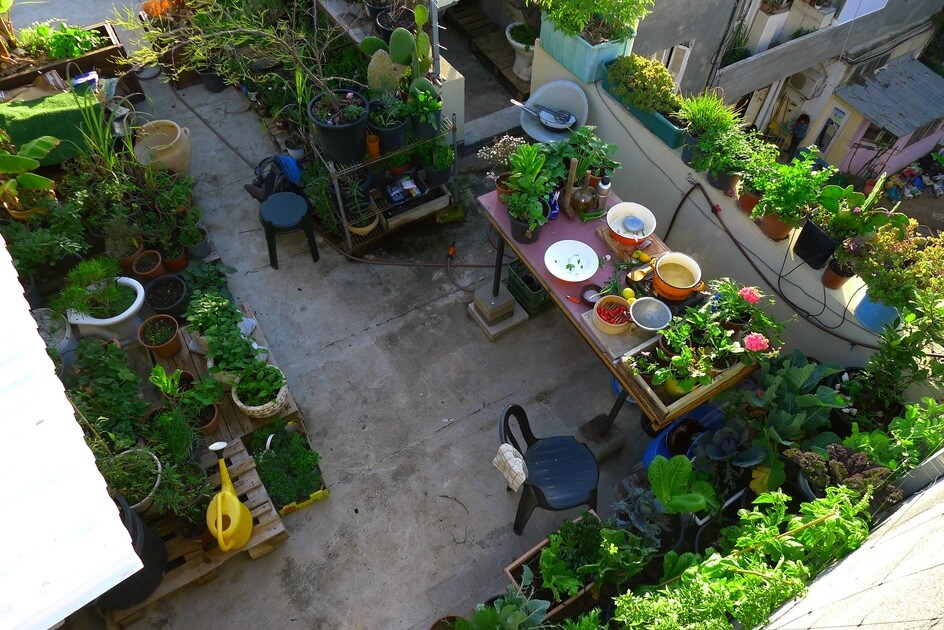
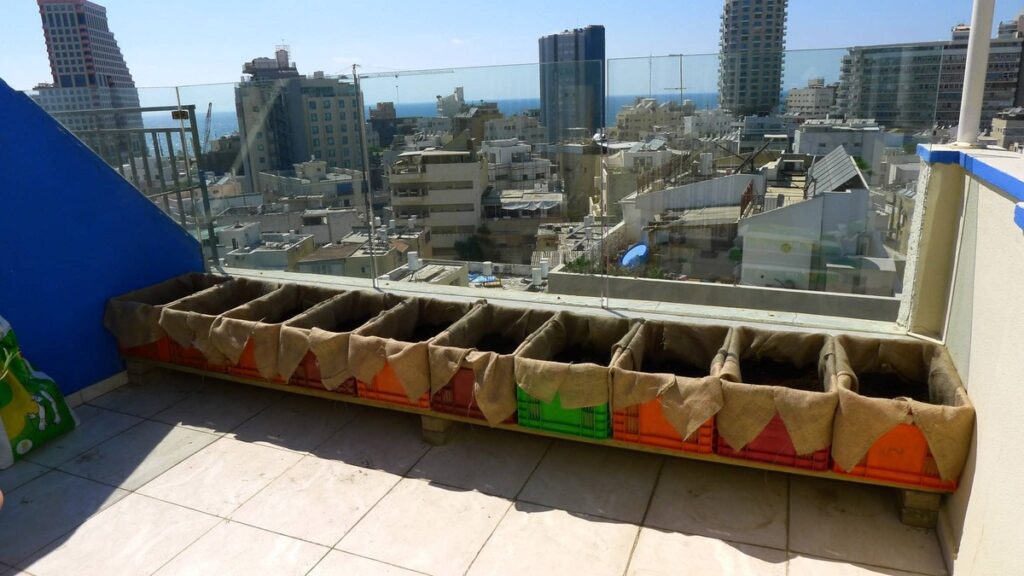
- Plastic containers
Though plastic may not always be your go-to choice, plastic containers can be an affordable and aesthetic way of creating edible gardens without compromising on plant variety or yield.
Advantages: You can find a range of plastic containers in different shapes, colors and sizes in any nursery or garden shop. Choosing different shapes and sizes will allow you to establish vegetable beds, herb pots and fruit trees on your roof or balcony while still leaving the option for them to be moved if needed.
Disadvantages: The lifespan of plastic containers is shorter. This means that over the years they will lose color and start to crack and break.
- Stone, clay, synthetic marble containers
Stone, clay or synthetic marble containers are the next jump up in price and quality.
Advantages: Most of the time, these containers come in round or large forms and are suitable in volume for growing vegetables, spices and fruit trees. They have a drainage system that doesn’t allow water to leak onto the surface of the roof.
Disadvantages: These containers are significantly heavier than plastic planters (except in the case of synthetic marble). The heavy weight of the pots is an advantage for planting tall trees and plants on a windy rooftop, but a disadvantage for positioning, mobility and logistics like carrying them upstairs, filling with planting soil, emptying and more.
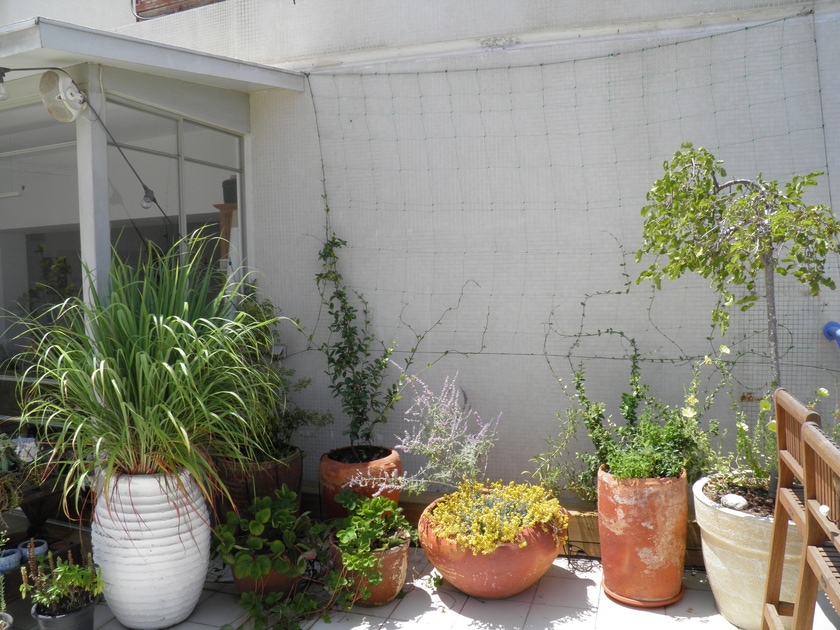
- Bespoke wooden containers
Wooden containers are the preferred choice of container for the majority of our clients.
Advantages: Wooden containers are the most aesthetic option and can be custom designed to suit the needs of each client. Their straight and angular form also allows for rooftop or balcony gardens to be built in the most efficient way. In addition, the irrigation and drainage infrastructure is hidden inside the boxes and can’t be seen. These wooden containers are built to suit the needs of each plant group and so produce the best results in terms of yield and crop success.
Disadvantages: This is a non-mobile garden option and is more expensive for growing organic food on a rooftop. It requires more work to design and assemble and high-quality materials cost more (wood, food-grade PVC sheets, drainage, filtration layers). On the other hand, a built-in garden system like this can add more value to your property.
